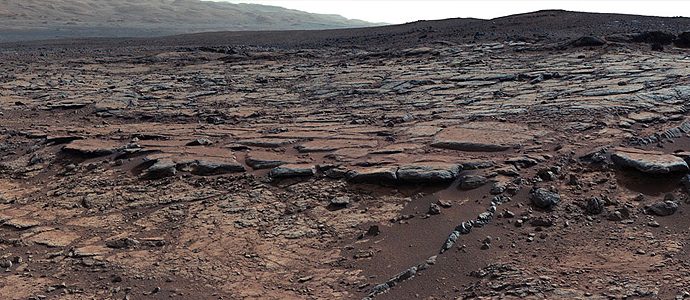More Water Found on Mars and the Unraveling of Jupiter’s Great Red Spot: News from Around the Solar System
The planets Mars and Jupiter have been making news lately, with a huge reservoir of water ice having been discovered on Mars—one big enough to fill a small ocean—and the unraveling of Jupiter’s Great Red Spot, a massive storm that may soon be coming to an end. Using data gatheredread more

